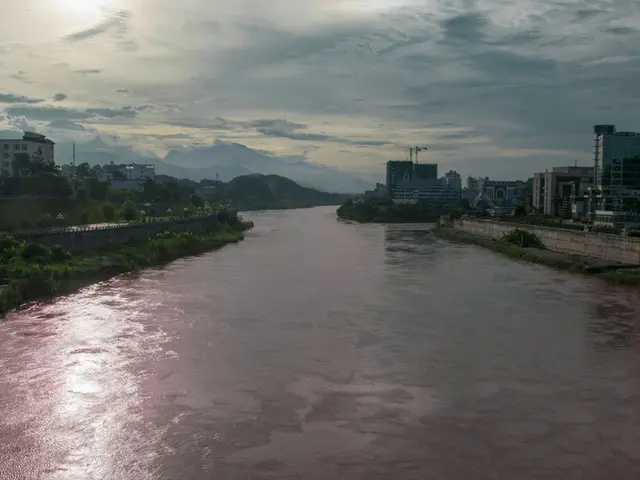China’s Rare Earth Mining Poisons Baotou—Can Europe Break Free?
Rare earth mining in Baotou, China, is causing severe environmental and health issues. Toxic air pollution, primarily from sulfur dioxide and heavy metals, has led to a high prevalence of lung diseases and cancer. Residents have elevated levels of rare earth elements in their bodies, and pollution has contaminated rivers, groundwater, and soil, linked to various health disorders.
The mining process generates vast amounts of waste. Each ton of rare earth elements produces 75 cubic meters of acidic wastewater and one ton of radioactive sludge. The leaching process with sulfuric acid and calcination results in between 9,600 and 12,000 cubic meters of toxic exhaust gases. This releases 8.5 kilograms of fluorine and 13 kilograms of dust per ton of rare earths produced.
Inhaling dust particles has spread pneumoconiosis, affecting more than half the population. Rare earth mining has also led to a significantly elevated mortality rate from lung cancer. Residents have elevated levels of lanthanum, cerium, and neodymium in their bodies, and pollution has been linked to diabetes, osteoporosis, and breast and respiratory disorders. Despite these issues, China continues to supply the vast majority of the world’s rare earths, essential for electric vehicles, wind turbines, and smartphones.
European companies are working to reduce dependency on China. MP Materials, in collaboration with European partners, Rhodax (France), and initiatives under the European Raw Materials Alliance (ERMA) supporting companies like Solvay (Belgium) and BASF (Germany), are developing and producing processing agents for rare earths.
The rare earth mining industry in Baotou poses severe health and environmental risks. Despite these issues, China remains the primary supplier of rare earths, crucial for modern technologies. European efforts to reduce dependency on Chinese production are underway, focusing on developing processing agents to minimize environmental impact.







